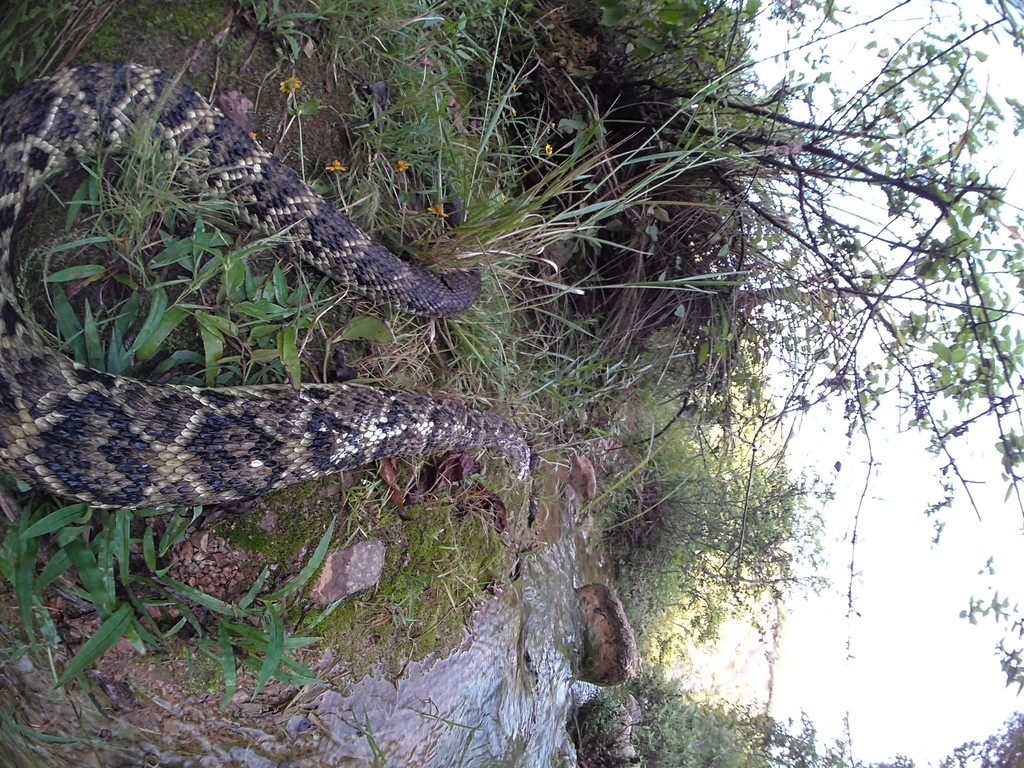Northwestern neotropical rattlesnake
A species of Rattlesnakes Scientific name : Crotalus culminatus Genus : Rattlesnakes
Northwestern neotropical rattlesnake, A species of Rattlesnakes
Scientific name: Crotalus culminatus
Genus: Rattlesnakes
Content
Description General Info
 Photo By marioalvarado-mota , used under CC-BY-NC-4.0 /Cropped and compressed from original
Photo By marioalvarado-mota , used under CC-BY-NC-4.0 /Cropped and compressed from original Description
The northwestern neotropical rattlesnake is found in medium-altitude dry forests, savannah and scrubland in Mexico and parts of Central America. Like all rattlers, its bite carries a dangerous venom which can be deadly to smaller, sicker or older humans. It is still considered the least venomous of rattlers. It is an opportunistic predator that will eat whatever creature it can catch and fit down its throat.
General Info
Lifespan
15-20 years
Diet
Northwestern neotropical rattlesnake's primary diet consists of small mammals such as rodents. Known to be an opportunistic predator, its varied dietary habits also include eating birds, lizards, and other snakes when available.
Appearance
Northwestern neotropical rattlesnake is a medium-sized snake with smooth, scaly skin. Distinguished by a thick, heavy body, it showcases a primary hue of dust-brown, often adorned with striking black, diamond-shaped blotches along its back. Its head has a recognizable triangular shape, and it also boasts a unique rattle at the end of its tail, which is common to its species. Both males and females have similar appearances without any noticeable differences.
Behavior
Northwestern neotropical rattlesnake is a solitary nocturnal species. Its radar-like heat-sensing pits enable it to locate prey in the dark with remarkable precision. Hunting mainly rodents, northwestern neotropical rattlesnake uses venom to immobilize its quarry. It exhibits territorial behavior, employing intimidation displays, including distinctive tail-rattling, to ward off potential threats. This creature also adapts to cooler climates by brumating in dens during colder periods.